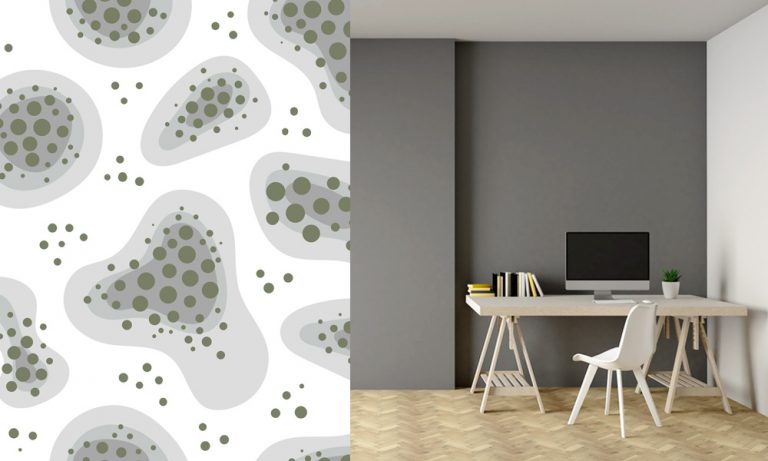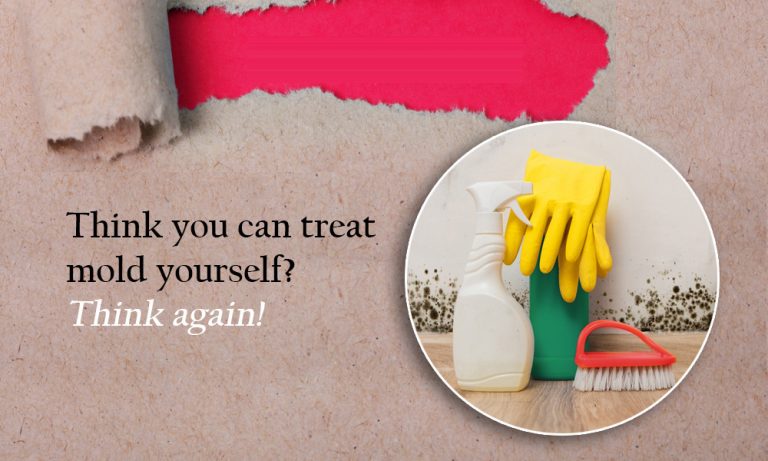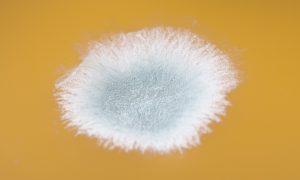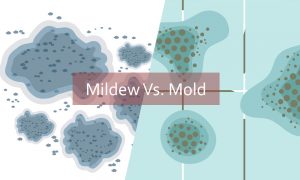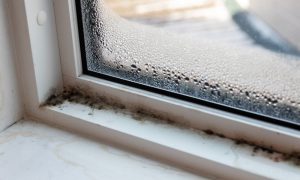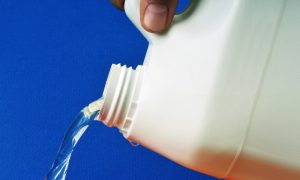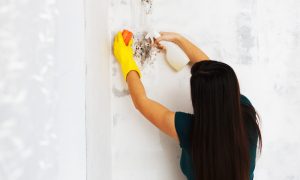Dealing with mold problems goes beyond tackling its adverse effects on health. Often, the first headache for home or business owner comes from not having a plan or budget for mold restoration services.
Well, no one builds a home or office with plans for it to be taken over by some dangerous fungi. However, when you find mold growth in your workplace or apartment, you have to deal with it immediately. The fact that expert mold remediation services are more expensive than general cleaning makes this even more bothersome. It also brings to mind the subject of insurance.
What do you do when you find out that you are facing mold issues, and feel the need to use your insurance?
The answer to this is hardly straightforward. Does it lead to several other questions like how do you know if the mold damage you are dealing with is covered by an insurance? If you have mold problems and are unsure whether or not your homeowner or commercial insurance covers the damage caused by mold, then you are at the right place.
This article attempts to answer some of the most sought after questions regarding mold damage and insurance claims.
- What is mold insurance or mold liability coverage?
- Is mold damage covered by insurance?
- When does home insurance cover mold?
- Does homeowners insurance pay for mold removal?
- Mold insurance claims?
- Mold damage and insurance claims – What to do?
What is mold insurance or mold liability coverage?
Mold insurance is the coverage for damage due to mold, which is included in an insurance policy. Environmental insurance, General Liability, and Property policies sometimes include coverage of mold. If these policies do not include mold insurance coverage, then, an insurance coverage could be made available by purchasing an endorsement to the forms.
Does insurance cover mold damage?
The short answer to this question is yes. However, mold may only be covered by insurance if and when certain conditions are met.
Typically, insurance coverage depends on the source of the moisture or the leading cause of mold growth. Several insurance policies will cover any damage if linked to an actual loss that was initially covered. Also, you need to prove that such loss resulted in the mold problems you are facing.
For instance, let us assume your insurance covers water damage (maybe a broken pipe in your home that leads to an overflow of water in your kitchen). Then molds appear because your walls were saturated from the water overflow. Your insurance will possibly cover the cost of restoration for such a mold problem.
While most insurance policies offer minimal coverage for mold claims, you still need to check with your homeowner’s insurance provider for whatever mold remediation coverage you may be able to access.
When does home insurance cover mold?
The question of whether home insurance covers mold depends on the type of damage and the cause. Typically, homeowners insurance covers mold if the mold growth was caused by what is termed a “covered peril.” This means that the mold will be covered if it was caused by damage that has been covered by insurance.
The range of covered perils that may result in the insurance coverage of mold removal and repair includes;
- Accidental flow or discharge of water – Accidental overflow of water or steam from appliances, plumbing, sprinklers, heating vents, air conditioners, or other household appliances resulting in mold growth or damage may be covered by insurance.
- Freezing of pipes or frozen plumbing
- Falling objects
- Damage caused by vehicles not owned or operated by the homeowner
- Damage caused by the weight of ice, snow, or sleet
- Theft
- Malicious mischief or vandalism
- Riot
- Aircrafts
- Fire – In the case, that water used in extinguishing fire on your property has resulted in mold growth or damage. If you claim this within a few days of the incident, then mold repair may be covered.
- Smoke
- Explosion
- Hail
- Windstorm
- Lightning
- Electrical current
When mold damage is not covered
Mold damage will not be covered in the following cases under standard homeowners insurance (Ho-3):
1. Mold damage that cannot be linked to any covered damage: If the mold growth source cannot be associated with any damage covered by insurance, an insurer will likely not cover for mold damage. Damage that is not sudden or accidental
If the damage is not accidental or sudden, your home insurance will not cover such mold damage. A preventative issue such as a foundation leak is not a covered peril.
2. Damage from Poor maintenance or negligence: Insurance companies expect that home and property owners maintain and take good care of their property and all appliances. This means that a mold growth that occurs from poor maintenance or bad handling of your roof, plumbing or HVAC, or other appliances are not covered.
3. Flood: Mold as a result of water damage caused by a flood is not covered by standard homeowners insurance policy. Usually, such damage requires a different flood insurance policy.
4. Pollutants
5. Long term wear and tear: Home insurance will not cover mold damage that results from wear and tear. A good example is mold growth caused by a 15-year-old leaking roof. Insurance companies expect you to be proactive about fixing such an issue before it leads to more damage like mold.
6. Sump pump overflow: It is vital to keep your sump pump in good shape as mold damage that results from a sump pump damage or overflow will not be covered by insurance.
7. War and earthquakes
8. Government confiscation
9. Vandalism on a vacant property
10. Intentional damage
11. Nuclear hazard
12. Freezing on vacant property
Does homeowners insurance pay for mold removal?
Usually, if the mold growth or damage in your home resulting from covered damage and you can provide an actual link between the two, you may receive enough to cover for mold removal and remediation. This may include the cost of mold testing, repairs, replacements, disposal, and clean-up.
Mold Insurance claims
Mold insurance claims can be a bit tedious because it is hard to determine the actual effect of mold on individuals. This is also one of the major reasons mold is hardly covered by insurance. Usually, the cost of mold removal is determined by the extent of the growth, the location, and the amount of mold.
Some home insurers will offer limited coverage for mold claims. This involves capping the amount paid out. In such cases, an insurer may agree to only pay for specific services like clean up. Limited coverage means there would be a limit to the amount your insurer will pay for any mold-related claim in some states, and this can be up to $10,000.
Policies for high-value homes
Some policies include mold remediation coverage, especially high-value homeowners insurance policies. These insurance plans give more coverage, including testing, developing, and implementation of mold remediation plans.
Even so, homeowners can add higher limits in exchange for a premium increase.
Mold exclusion in insurance policies
The late 1900s and 2000s saw an increase in insurance claims on mold damage among homeowners, especially those connected to water damage claims. This led to the exclusion of mold damage from insurance home insurance policies.
Most states in the USA allow homeowners with insurance to exclude mold from coverage except when the mold damage resulted from the problem covered by the policy. Many policies instead offer limited coverage.
Homeowners who do not have insurance coverage can buy insurance policy endorsements. This will allow the insurance company to include additional coverage to your standard home insurance policy. Some states’ insurers also offer mold insurer riders that homeowners can add to their policy to remove any form of mold coverage exclusion.
Mold endorsements usually cost more in risky homes like old buildings or homes located in humid areas or built with mold-prone materials.
Typically, a mold endorsement plan costs between $500 and $1500 annually.
Mold damage and insurance claims – What to do?
A larger percentage of home or property owners do not plan for mold remediation, which can be an obstacle to getting the help needed in a mold problem.
If you have discovered mild damage in your home due to a covered peril, the next question on your mind may be how to file a mold damage insurance claim. Follow these steps to make a successful mold insurance claim.
Step 1: Prepare yourself for the task ahead
Usually, home insurance companies do not enjoy paying claims related to mold damage without adequate proof. When you find out one, you should be prepared to advocate for yourself and prove that the damage resulted from a covered peril. One way to be sure you are ready is to request an investigation into the cause of mold damage. Then take pictures of the mold. It is important not to attempt to start repairs before calling your insurance company or filing a mold claim.
Step 2: Call your insurance company and make a mold claim
Once you have your proof ready, next is to contact your insurance provider immediately and make a claim. While you are at it, take notes of the conversation. If you can, record it.
Provide detailed information about mold growth and damage. If by any chance, you have cleaned or removed or tampered with the mold or any damaged material, state such too. However, do not dispose of any materials before the insurance adjuster arrives.
Step 3: Avoid any further damage
While you may be eager to start cleaning or getting rid of the mold, it is very important to it begin any reloads before the insurance adjuster has arrived to evaluate the extent of the damage. However, it is vital that you gale measured to prevent further damage. You may turn off the leak to a pipe or place a bucket where a roof is leaking or block the hole etc.
Step 4: Tender all your evidence
Now, this is the final step. Once the insurance adjuster arrives, please provide them with your supporting materials. These can include photographs, investigation reports, and a list of your damaged property. These will help you support your claim and deceive support quickly.
To Sum Up:
In the end, taking the time to understand your insurance policy is the ultimate step in knowing whether you are covered for mold problems in the home. While the best way to go about this is to contact your insurance company, we can help make the process even smoother.
Our restoration experts are always helpful and ready to provide support.
We work with insurance companies across the state of San Diego. Our trusted relationship with insurance companies eases your burden of mold restoration and helps you receive the help and support you need even faster. You can also talk to any one of our experts to ask questions on mold damage and insurance coverage or make inquiries on our mold remediation services.
This article was originally published in Dec-2020 and was last updated in Oct-2021.
Author: Kenny


